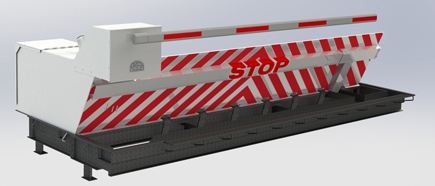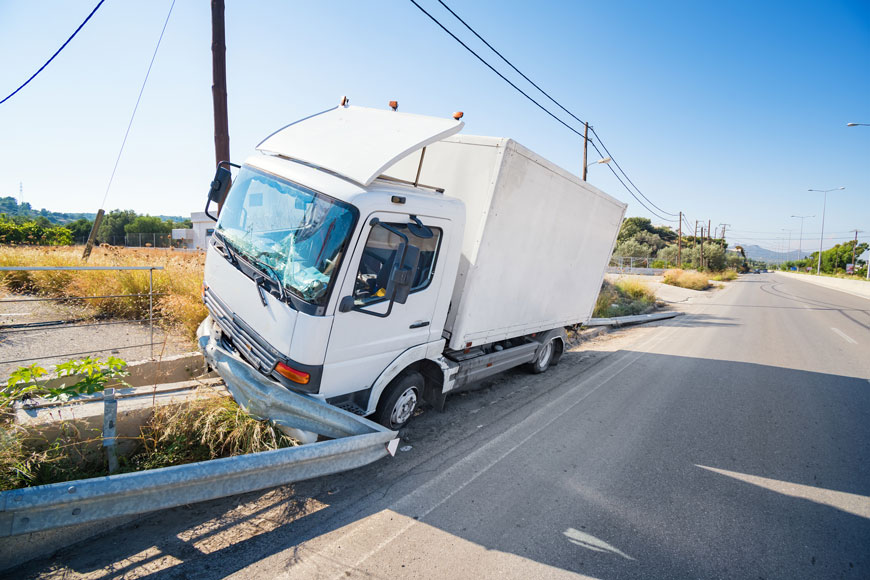Wedge Barriers Fundamentals Explained
Table of ContentsAll about Wedge BarriersFacts About Wedge Barriers Revealed

Wedge Barriers - Questions
The staying pressure applied to
the cam camera deploy release wedge plate 16 may be provided by an electromechanical actuator 84 or other various other. The springtime setting up 54 and the actuator 84(e. Wedge Barriers. g., electromechanical actuator)may operate with each other to equate the cam and raise the wedge plate 16.
As mentioned above, the spring setting up 54 applies a constant pressure on the cam, while the electromechanical actuator may be managed to put in a variable force on the camera, therefore making it possible for the training and lowering( i. e., releasing and retracting )of the wedge plate 16. In certain embodiments, the continuous pressure applied by the spring assembly 54 might be adjustable. g., electromechanical actuator) is disabled. As will be valued, the spring setting up 54 might be covered and safeguarded from debris or other components by a cover plate(e. g., cover plate 68 received FIG. 4) that might be considerably flush with the raised surface 38 of the foundation 14. As discussed over, in the released placement, the wedge plate 16 offers to obstruct access or traveling beyond the obstacle 10. The obstacle 10(e. g., the wedge plate 16 )may block pedestrians or automobiles from accessing a home or pathway. As gone over above, the obstacle 10 is affixed to the anchor 30 secured within the structure 14,

front brackets 71. Because of this, the linkage assemblies 72 might pivot and rotate to enable the collapse and expansion of the affiliation settings up 72 during retraction and release of the bather 10. The link assemblies 72 reason motion of the wedge plate 16 to be limited. For instance, if a car is taking a trip towards the released wedge plate 16(e. As an example, in one circumstance, the safety and security legs 86 may be expanded throughoutupkeep of the barrier 10. When the safety and security legs 86 are deployed, the security legs 86 support the weight of the wedge plate 16 versus the surface 12. Because of this, the lifting device 50 might be shut off, serviced, removed, changed, etc. FIG. 5 is partial perspective sight of a personification of the surface-mounted wedge-style obstacle 10, highlighting the webcam 80 and the camera surface areas 82 of the lifting system 50. Particularly, two webcam surface areas 82, which are referred to as lower camera surface areas 83, are placed below the webcam 80. The reduced cam surfaces 83 may be taken care of to the surface area 12 (e. For instance, the reduced cam surfaces 83 and the placing plate 85 might form a single piece that is secured to the support 30 he said by screws or various other mechanical bolts. In addition, two camera surface areas 82, which are described as top web cam surfaces 87, are placed over the web cam 80 and paired to (e. In various other personifications, intervening layers or plates may be positioned in between the surface area 12 and the lower webcam surface areas 83 and/or the wedge plate 16 and the top web cam surface areas 87 As discussed over, the web cam
80 equates along the camera surface areas 82 when the wedge plate 16 is lifted from the pulled back setting to the deployed position. Additionally, as stated over, the spring setting up 54 (see FIG. 3 )might give a pressure acting upon the webcam 80 in the direction 102 via spring pole 58, which may minimize the pressure the electromechanical actuator 84 is required to relate to the web cam 80 in order to actuate and raise the wedge plate 16. 1 )to the deployed setting(see FIG. 4). As revealed, the camera 80 consists of track wheels 104(e. g., rollers), which get in touch with and equate along the web cam surfaces 82 throughout operation.